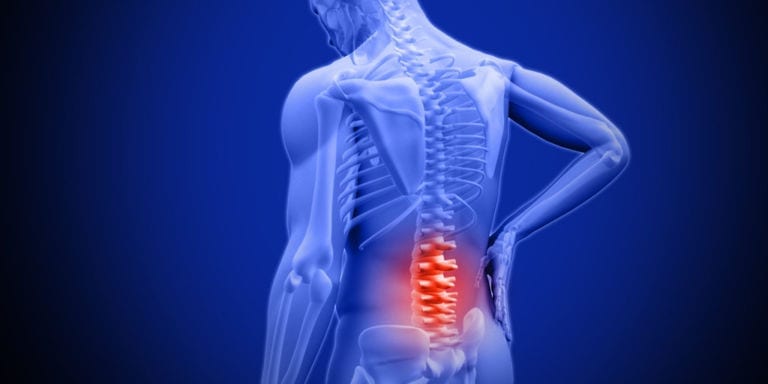This page will go over everything on how medical marijuana has been used with pain. Pain is probably one of the most general and widely prescribed conditions for medical marijuana. People who ask if they can get medical marijuana for pain can find valuable history and research behind it; the science behind why medical marijuana may help; what type of pain can be alleviated; and, of course, some side effects worth considering.
Medical Marijuana was legalized for chronic and severe pain in Colorado in the year 2000. This makes marijuana medication for pain one of the main qualifying conditions for a prescription. If you have a certified medical marijuana doctors’ permission, you are allowed to use it to treat your pain. In fact, a new study has suggested that more than 62% of people use medical marijuana to treat their chronic pain. If you are asking yourself if you can get medical marijuana for your pain, get evaluated by scheduling an appointment.
Studies are important as there are not many studies that prove the efficacy of medical marijuana due to its taboo history. Unfortunately, we still have people who think the medical cannabis industry has legalized marijuana medication for pain for “getting high” purposes, which slows down the research process.
As medical marijuana become legalized across the USA, more and more anecdotal evidence comes out. Pain, ranking the highest on reasons to try medical marijuana, consistently comes out with positive reviews. Like most research for medical marijuana, there still lacks a lot of evidence as to how it affects us long term. It is important to note that the use of marijuana as medication for pain does move in a positive direction. As Kevin Boehnke, PhD, a research fellow in the department of anesthesiology and chronic pain center at the University of Michigan says, “[a] vast majority of conditions for which people use cannabis have substantial or conclusive evidence of cannabis being an effective treatment.”
Our State-Licensed Doctors are here to help you get a card for medical marijuana for your pain.
Marijuana is known to have a compound called delta-9-terahydrocannabinol (THC) and Cannabidiol (CBD). These compounds are called cannabinoids. They are known to relieve pain, nausea, and other symptoms.
THC is a psychoactive compound that resembles cannabinoid chemicals that are natural in the body. Commonly known to make you “high,” when you take this compound you stimulate the part of your brain that creates cannabinoids. When you do this, you activate that brain’s reward system thus reducing pain.
CBD is the compound that does not cause a high. It is now widely accepted as a pain-relieving compound. It interacts with the brain to also provide pain relief by stimulating the endocannabinoid system. This is a driving force behind using marijuana medication for pain.

Reportedly, people with chronic migraines experienced decreased migraines after using medical marijuana. The result was the patients went from an average of 10.4 migraines a month to 4.6 per month. The full study can be found here.
Many cancer patients can get medical marijuana for pain, and small studies have shown that cancer patients have been relieved of pain with marijuana use. Out of 17,000 people with cancer, 70% reported an improvement in the same study provided above.
Neuropathic pain is a term for nerve pain. Some examples of this are cancer pain, phantom limb pain, carpal tunnel syndrome, widespread nerve damage, and nerve trauma. An in-depth study was done on patients with neuropathic pain and the results were encouraging. On a scale from 1-10, the highest dose of marijuana medication for pain provided relief for patients bringing their pain down to an average of 5.4. This study was published by the Canadian Medical Association Journal.
Most of these symptoms above all fall into the category of chronic pain. If you have a chronic pain condition, ask your doctor if medical marijuana can be a good solution for you.

It is important to remember that marijuana will not cure your pain. Marijuana medication for pain has shown to be effective working with other pain medications and also it will not relieve you completely. If you have had limited relief from other remedies, this may be your sign to get medicinal marijuana for your pain.
When deciding whether or not to try marijuana as a treatment, it’s important to consider the possible side effects. It has been reported that these side-effects are possible: